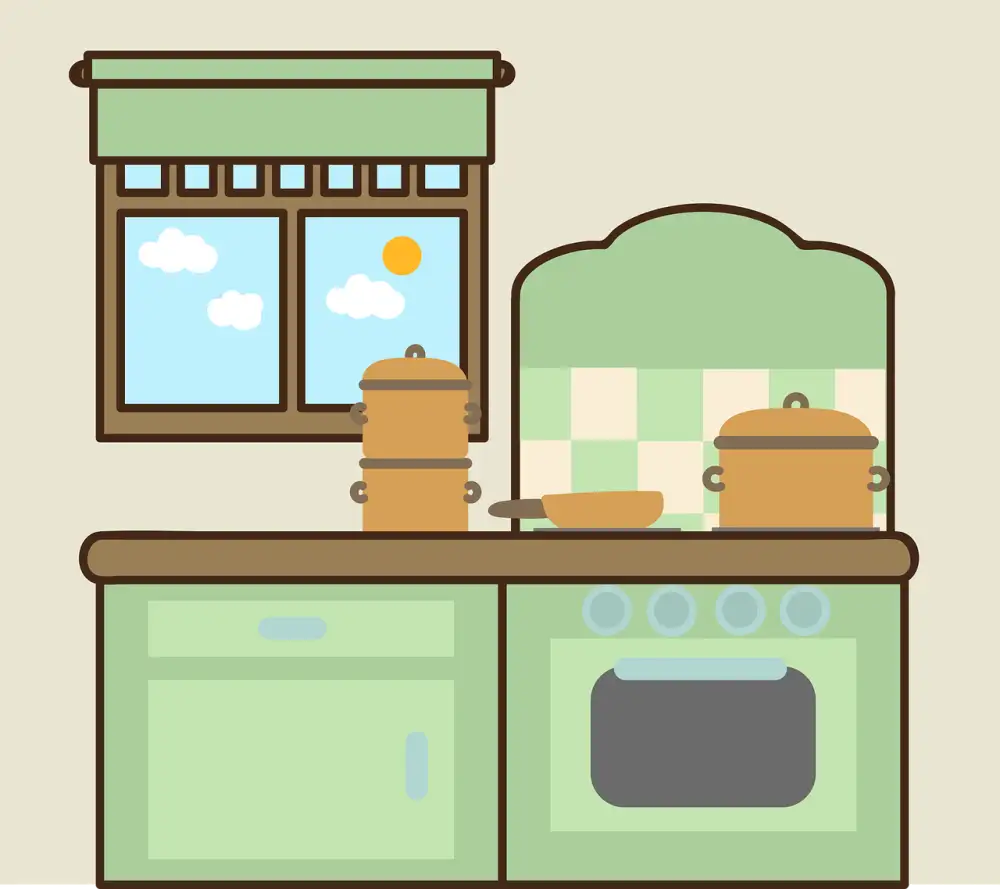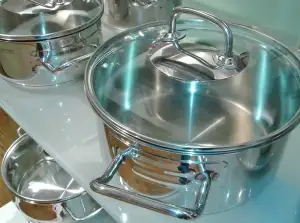Revitalize Your Home Cooking: Master the Art of Cleaning a Cast Iron Skillet

Cleaning a cast iron skillet may seem like a daunting task, but with the right techniques and tools, it can be a breeze. A well-maintained cast iron skillet is not only essential for delicious home-cooked meals but also for its longevity. In this article, we will guide you through the step-by-step process of cleaning your cast iron skillet, ensuring that it remains in pristine condition for years to come. So, let's dive in and revitalize your home cooking by mastering the art of cleaning a cast iron skillet.
Gather necessary cleaning supplies
To properly clean a cast iron skillet, it's important to gather the necessary cleaning supplies beforehand. These supplies will help you remove any food residue and maintain the skillet's seasoning. Here are the essential items you'll need:
1. Coarse salt or baking soda: These abrasive materials will help scrub away any stuck-on food without damaging the skillet's surface.
2. Non-metal scrub brush or sponge: Choose a brush or sponge with soft bristles to avoid scratching the skillet.
3. Mild dish soap: While some purists prefer not to use soap, a small amount of mild dish soap can be used for tougher stains or odors.
4. Hot water: Use hot water to rinse off the skillet after cleaning, as it helps to remove any remaining residue.
5. Paper towels or clean cloth: These will be used for drying the skillet after cleaning.
Having these supplies ready before you start cleaning will make the process easier and more efficient. So gather them up and let's get started on revitalizing your cast iron skillet!
Preparing the cast iron skillet for cleaning
Preparing the cast iron skillet for cleaning is an important step to ensure effective and safe cleaning. Start by removing any leftover food or debris from the skillet using a stiff brush or scraper. Avoid using soap at this stage, as it can strip away the skillet's seasoning. If there are stubborn bits stuck to the surface, sprinkle some coarse salt and scrub gently. Next, rinse the skillet with warm water and wipe it dry with a clean towel. Make sure to remove all moisture to prevent rusting. Now that your cast iron skillet is ready, let's move on to the cleaning process.
Cleaning the cast iron skillet
Cleaning the cast iron skillet is an essential step in maintaining its longevity and ensuring optimal cooking performance. To start, use a stiff brush or sponge to remove any food residue or stuck-on particles. Avoid using soap as it can strip away the skillet's seasoning. Instead, rely on hot water and elbow grease to scrub away any stubborn bits. For tougher stains, sprinkle some coarse salt onto the skillet and scrub gently. Rinse thoroughly with hot water to remove all traces of salt and debris. Finally, dry the skillet completely before moving on to the next step of seasoning.
Drying and seasoning the cast iron skillet
Drying and seasoning the cast iron skillet is a crucial step in maintaining its longevity and preventing rust. After cleaning, it's important to thoroughly dry the skillet to remove any moisture. Start by using a clean cloth or paper towel to pat the skillet dry. Make sure to remove all traces of water as any remaining moisture can lead to rust formation.
Once the skillet is dry, it's time to season it. Seasoning creates a protective layer on the surface of the skillet that helps prevent food from sticking and enhances its non-stick properties. To season, apply a thin layer of cooking oil or shortening all over the skillet, including the handle and exterior.
Next, place the skillet upside down in an oven preheated to 350°F (175°C). This allows any excess oil to drip off during the seasoning process. Place a baking sheet or aluminum foil on the bottom rack of the oven to catch any drips.
Let the skillet bake for about one hour, then turn off the oven and allow it to cool completely inside before removing. The heat helps bond the oil molecules to the surface, creating a smooth and durable seasoning.
Remember, seasoning is not a one-time process; it should be repeated regularly to maintain optimal performance. With each use and cleaning, your cast iron skillet will develop a natural non-stick coating that improves over time.
By properly drying and seasoning your cast iron skillet, you'll ensure its longevity and enjoy many delicious meals for years to come.
Storing the cast iron skillet properly
Storing the cast iron skillet properly is crucial to maintain its quality and prevent rusting. After cleaning and drying the skillet, make sure it is completely cool before storing. Avoid stacking other cookware on top of it, as this can cause scratches or damage. To prevent moisture buildup, place a paper towel or cloth inside the skillet to absorb any excess moisture. Store the skillet in a dry place with good ventilation, away from humidity and heat sources. Consider using a cast iron skillet cover or a fabric bag to protect it from dust and scratches. By storing your cast iron skillet properly, you can ensure its longevity and continue enjoying delicious meals for years to come.
In conclusion, mastering the art of cleaning a cast iron skillet is essential for revitalizing your home cooking. By following these steps, you can ensure that your skillet remains in pristine condition for years to come.
To maintain a clean cast iron skillet, remember these tips:
1. Avoid using soap: Soap can strip away the seasoning on your skillet. Instead, rely on gentle scrubbing and hot water to remove any food residue.
2. Dry thoroughly: After cleaning, make sure to dry your skillet completely to prevent rusting. You can place it on low heat on the stovetop or in the oven for a few minutes to ensure all moisture is evaporated.
3. Apply a thin layer of oil: Before storing your skillet, apply a thin layer of oil to prevent rust and maintain its non-stick surface. Use a paper towel to spread the oil evenly across the entire skillet.
4. Store properly: Store your cast iron skillet in a dry place with good ventilation. Avoid stacking other heavy cookware on top of it as this could damage its surface.
By following these tips and incorporating regular cleaning into your cooking routine, you'll be able to enjoy the many benefits of cooking with a clean and well-maintained cast iron skillet. Happy cooking!
Published: 27. 12. 2023
Category: Home



